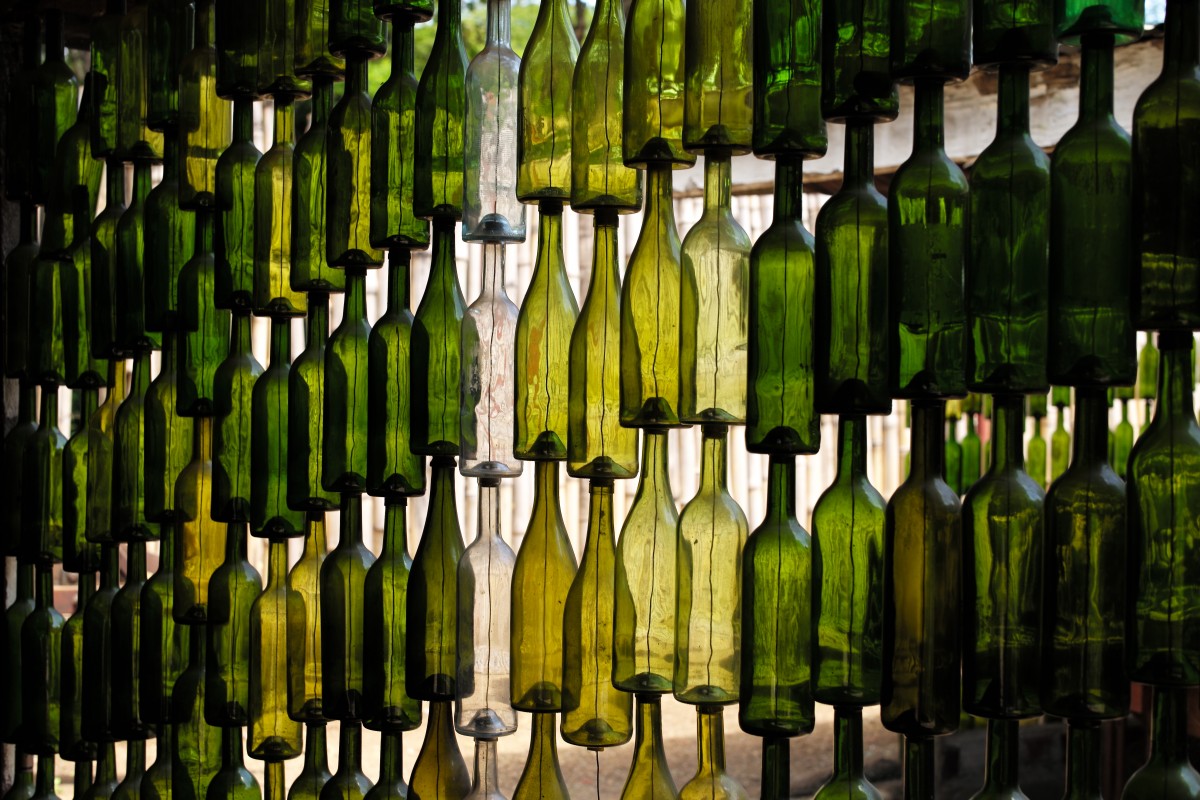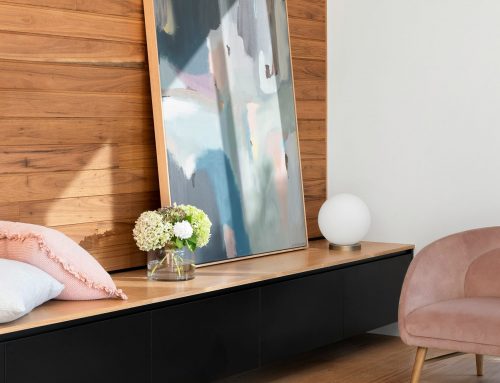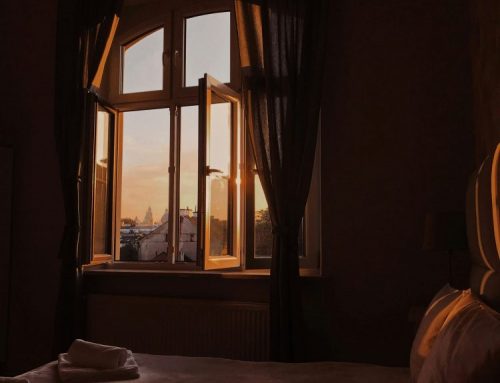This week we’re focusing on the important of recycling and reusing materials with a view to sustainable practice becoming the norm across the interior architecture and design industry. WyldeIA, we spend a lot of time choosing materials and deciding on appropriate process for the very best possible design outcome for our clients. We’re really conscious of our footprint and the role we play as consultants in choosing sustainable options.
Not only are we incredibly proud to be based in a city that has such innovative and forward thinking schemes with regards to saving the planet but we want to be part of the movement that is helping to protect wildlife and reduce our environmental impact on the planet. Bristol was the first British city to be named European Green Capital. The prestigious award celebrates and promotes innovative responses to urban environmental challenges and our wonderful city impressed in 2016 with its commitment to clean transport and energy, and its role as a low-carbon hub of industry.
We want to push that practice forward in the projects we complete across the world. We work internationally but make sure we are supporting local industry and reducing any negative environmental impact by hiring workforces located in the project area. We believe interior designers have a huge impact on the sustainability of an environment because they are the ones deciding which materials and products will be used and how ecologically people will be able to interact with their surrounding spaces.
It seems there has been a sustainable shift – with more and more organisations in the industry making moves to ecologically sound processes. Dezeen has just announced it’s ‘Sustainable Design’ category for 2019 which is specifically to highlight any product designed with sustainability in mind. Dezeen describes the category as one that “includes products made from recycled materials, vegan design, design that uses innovative new materials, sustainable fashion, reduced-waste design, wind turbines, ecological packaging and sustainable initiatives and services”.
Whilst it’s plastered in every interior design magazine and blog – it’s not just about re-using or repurposing materials. Sustainable practice lies in every step of a project; from the extraction of the material, the production, the transportation, the processing all the way through to the discarding of materials.
Designing for low environmental impact means choosing materials that are quickly renewable and extracting them in an environmentally responsible process. There’s also focus on using synthetic materials that are made from recycled waste that helps to reduce the waste produced throughout a project.
We also believe that the key to good, sustainable practice in interior architecture and design is to design flexible spaces that are timeless and can adapt to changes in demand or need. The flexibility and longevity of a space can hugely impact on the environment. We’re glad to be seeing more and more of these principles becoming common practice in interior design projects. Check out some beautiful eco designs here;






